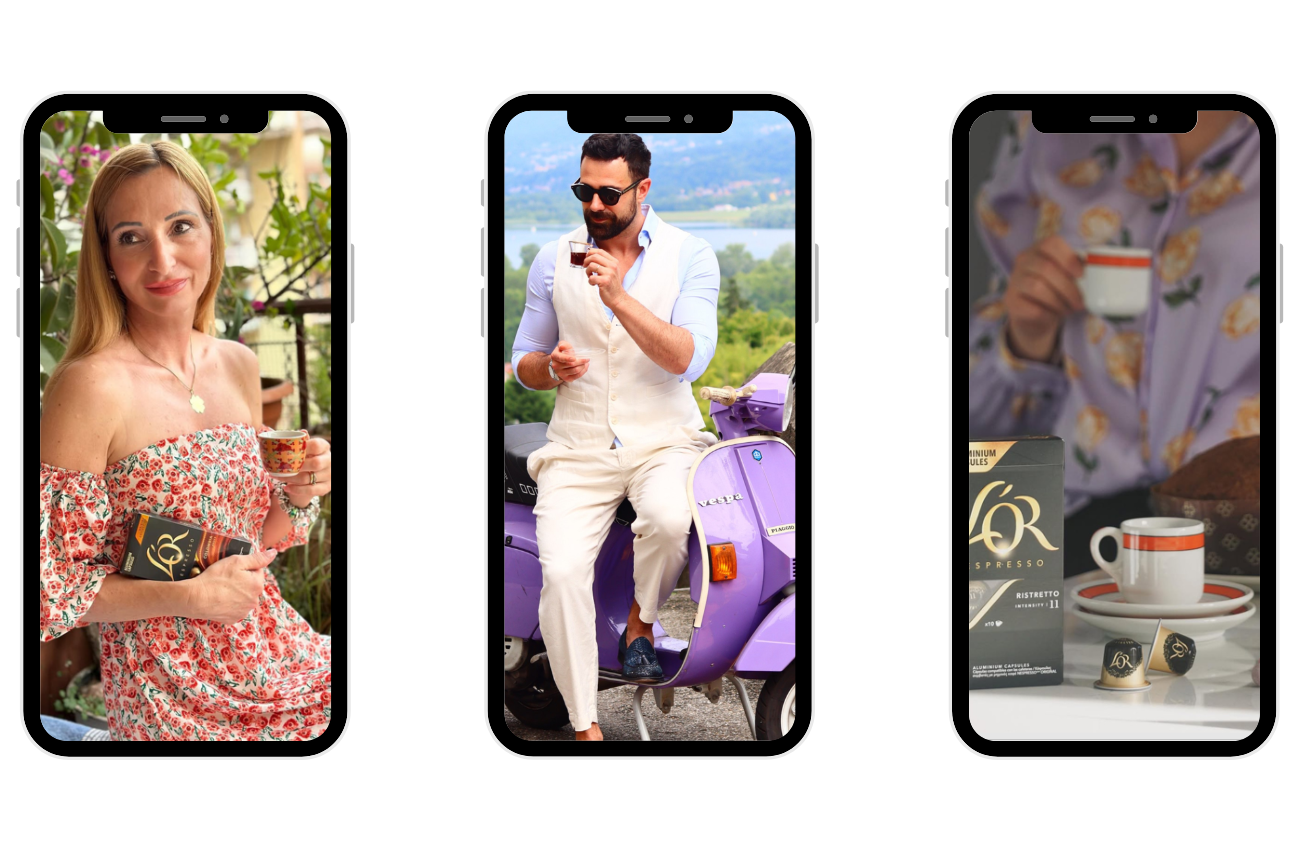Word of Mouth Marketing: How to Reach Consumers Tired of Advertising
Digital advertising is becoming less effective at reaching audiences.
39% of Europeans block ads, and 8 out of 10 refuse to share their personal data for marketing purposes. On top of that, content inflation — driven by automation and generative AI — has led to an overwhelming volume of messages. Consumers can no longer distinguish or process most of them.
Brands that once succeeded through creativity and precise targeting now face a much harder challenge: earning attention and trust.
Acquisition costs are rising, CTRs are falling, and strategies based solely on paid media are increasingly unreliable. The key question is no longer “How to increase reach?” but rather “What truly influences brand choice at the point of purchase?”
Word of Mouth as a Medium of Trust
Consumers still trust people more than ads. Recommendations — from friends, family, or relatable individuals — have a much greater impact than any brand message. The reason is simple: trust built on authentic experience, not on advertising promises.
This is the essence of Word of Mouth (WOM) marketing – a strategy in which consumers themselves become credible carriers of the message. They test the product, share their opinions, and spread them further – both online and offline.
Modern WOM is no longer a spontaneous phenomenon but a planned and measurable process. From an informal “talk about the brand,” it has evolved into a structured element of communication strategy — with its own KPIs, reach, and attribution models.
WOM works on two levels:
• Social: we trust people similar to ourselves (e.g., nano and micro influencers).
• Cognitive: the signal “others recommend it” reduces perceived risk and accelerates purchase decisions.
From Conversations to Strategy
Today, WOM is no longer a random byproduct of “buzz” around a brand, but a consciously designed strategy connecting real product experience with its further circulation within communities.
It typically includes:
• Product testing and sampling – direct contact between consumer and product, which naturally triggers the “I recommend it further” effect.
• Nano and micro influencer activations – smaller, but more engaged communities.
• UGC and online reviews – authentic social proof supporting conversion in e-commerce and social media.
• Offline recommendations – still essential in FMCG and beauty categories, where purchase decisions are frequent and spontaneous.
Planning WOM campaigns now closely resembles media planning — with segmentation, conversion tracking, and sales impact evaluation.
The key difference: the communication impulse originates from the consumer, not the brand.
Case Study 1. L’OR Espresso Italy – WOM as a Continuous Growth Channel
The L’OR Espresso campaign was designed as a year-long, always-on activation involving nano influencers — over 11,000 participants in total.
The objective was to increase brand awareness among Nespresso Original users and stimulate recommendations that directly impact sales.
The model combined consumer testing with UGC creation. Participants received products to test, shared feedback, and published photos or reviews on social media. Each activation wave was supported by creative concepts ensuring message consistency throughout the year.
Results:
• 14,691 pieces of UGC (reviews, photos, posts)
• 187,000 product tests
• 1.7 million offline recommendations
• 58.9 million online impressions
• 96% of participants would recommend the product
• +10% sales increase, ROI: €6.34
Conclusion:
The campaign proved that WOM — when planned and executed systematically — can serve as a continuous media channel.
Through recurring activations, L’OR maintained a steady flow of authentic consumer recommendations that reinforced both awareness and sales at a lower cost than paid media activities.

Case Study 2. Purina – Reviews as a Long-Term Form of WOM
The Purina campaign aimed to generate authentic consumer reviews from cat owners and secure their long-term visibility in the e-commerce ecosystem.
1,300 nano and micro influencers participated in product testing, after receiving brand training and guidance. They were encouraged to publish reviews on leading retail platforms such as Zooplus, Allegro, and Amazon.
Results:
• 1,598 reviews and ratings
• 97% positive feedback
• Reviews published across 5 e-commerce platforms
• 88% of participants declared intent to repurchase
Conclusion:
The analysis confirmed that ratings and reviews represent one of the most durable forms of WOM.
Consumer opinions continue to influence purchase decisions long after the campaign ends, generating organic and repeatable sales impact. Each review works at scale — simultaneously affecting many potential buyers and increasing conversion rates without additional media investment.
From Intuition to Measurability
The discussion around Word of Mouth marketing is no longer about whether it works, but how strongly it works — and under what conditions it delivers the best results.
Research by ifwom using the test–control model shows that campaigns based on WOM generate an average +11% sales uplift in regions exposed to activity.
Importantly, offline WOM interactions — personal conversations or product experiences — can be several times more effective in driving sales than paid advertising exposure. WOM is no longer a “soft” image effect. It has become a performance-driven channel, measurable and optimizable much like digital media.
A New Communication Dynamic
Traditional advertising is built on message control.
Word of Mouth marketing does the opposite — it hands part of the narrative to consumers.
A brand no longer decides entirely who talks about it or how, but it can shape the conditions under which those conversations emerge: authentic product experience, social context, and credible tone of voice.
This shift — from “talking to” to “activating conversations” — requires consistency and trust in the process. In return, it builds credibility and loyalty — values that no media budget can buy.
WOM in the Media Mix
Word of Mouth marketing does not replace paid channels — it complements and strengthens them.
In practice, WOM-generated content and data often become fuel for broader marketing efforts:
• UGC – authentic consumer content reused in performance and social ad campaigns.
• Test and WOM data – supporting remarketing and audience segmentation.
• Conversation insights – inspiring more relevant creatives, claims, and product descriptions.
As a result, WOM is no longer an add-on. It becomes the starting point for integrated communication, where channels collaborate rather than compete.
This requires a new way of thinking about media — as an interconnected system, not isolated silos.
Looking Ahead to 2026: Standardization and Integration
Rising expectations for marketing efficiency are pushing WOM measurement toward greater precision and comparability with other channels.
An increasing number of brands apply test–control models, analyze sales uplift in WOM regions, and integrate WOM data with digital and performance results.
This marks a clear step toward full integration of Word of Mouth marketing within the media ecosystem — enabling its impact on sales, brand image, and ROI to be analyzed on equal terms with other communication channels.
👉 Get in touch with us today!

